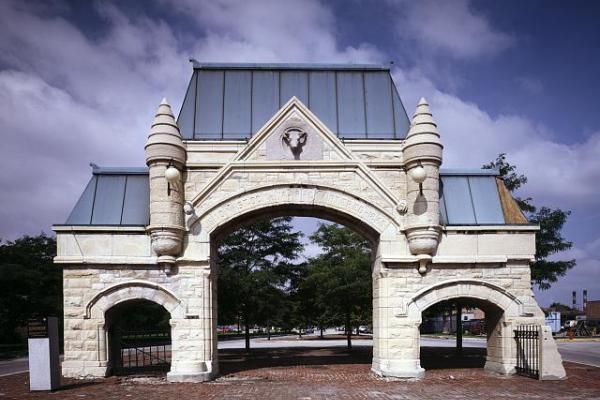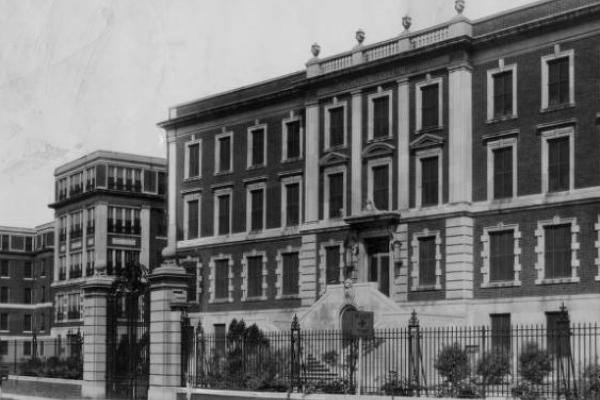Advanced Search

A country estate holder in Blockley Township, Powel was twice elected mayor of Philadelphia and served as a state senator from 1790 until his death in 1783. He had the good sense to marry the talented and politically savvy Elizabeth Willing. Powelton Village is named for their family.
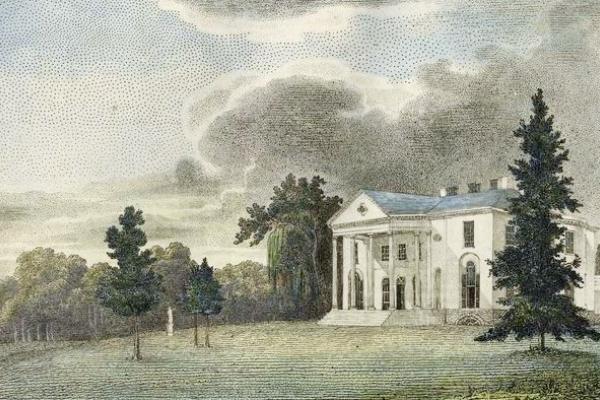
This Federalist mansion was the seat of William Hamilton’s vast estate of 585 acres of West Philadelphia land. Land acquired by Hamilton south of Market Street by 1785 would become Hamilton Village (or Hamiltonville). In the 19th century, the Blockley Almshouse and the University of Pennsylvania were built on former Hamilton properties, as was the Woodlands Cemetery adjoining Hamilton’s ageing mansion.
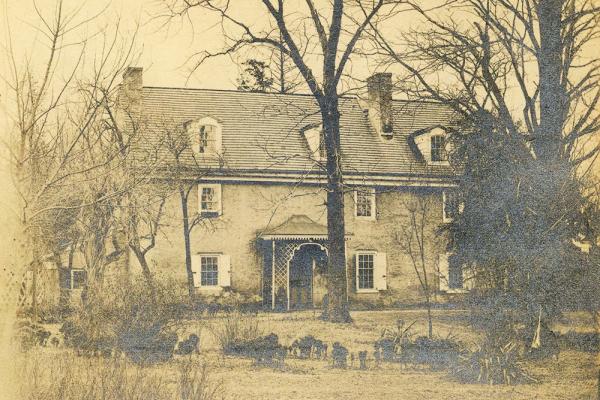
This undated image, likely from the late 19th century, shows John Bartram’s house at 54th St. & Eastwick Ave. Bartram’s Garden is in Southwest Philadelphia, extending above the Schuylkill south of the Gray’s Ferry Bridge.
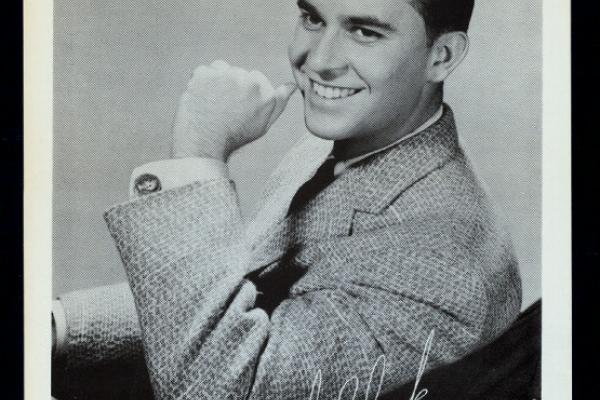
Dick Clark, the nation’s first “national deejay,” began his stellar career in television at the podium of American Bandstand at WFIL-TV in West Philadelphia.
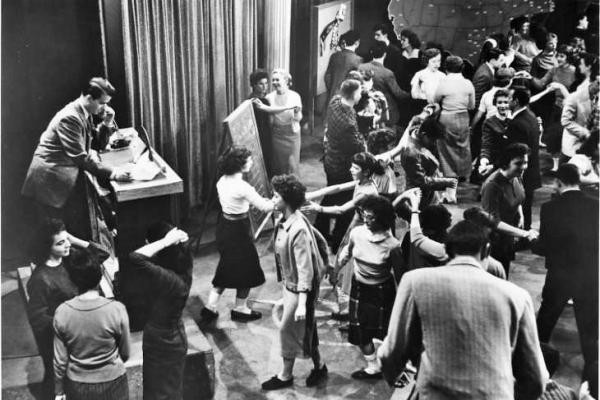
Dick Clark at his customary podium on American Bandstand as the program’s teenagers dance.

This undated photo taken for the City Parks Association of Philadelphia shows remains of West End Mill in their alignment with Catherine Avenue. The top of the S-curve access road aligns with Cedar Avenue.

Machinery Hall displayed America’s industrial might in numerous exhibits. The building’s centerpiece exhibit was the Corliss Engine. This Currier & Ives lithograph provides a rare glimpse of the horse cars that transported visitors thorough the fairgrounds on rail tracks.

A decorative statue of the black abolitionist and AME church founder Richard Allen (1760–1831) was to have been placed on the Centennial Exposition grounds, but the project ran afoul of the era’s racial politics. A jury-rigged statue was finally mounted only days before the fair closed, and it was removed shortly thereafter.

The world’s largest building at the time housed U.S. and international exhibits related to mining, metallurgy, science, and education.
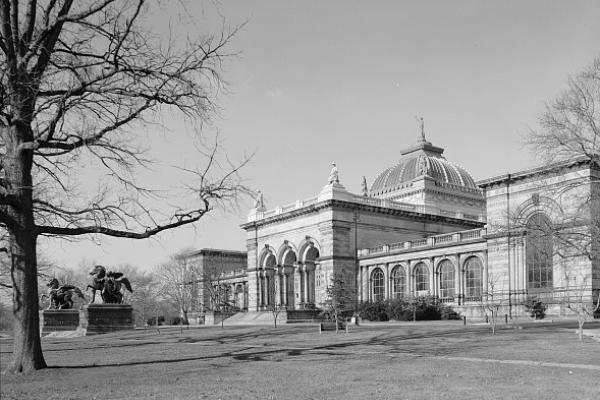
Memorial Hall’s front facade viewed from the southeast, with twin statues of the “Winged Pegasus” at left. Of Beaux Arts design, Memorial Hall was home to the Centennial Exposition’s art gallery. This monumental, domed building inspired the design of the German Reichstag building in Berlin.
